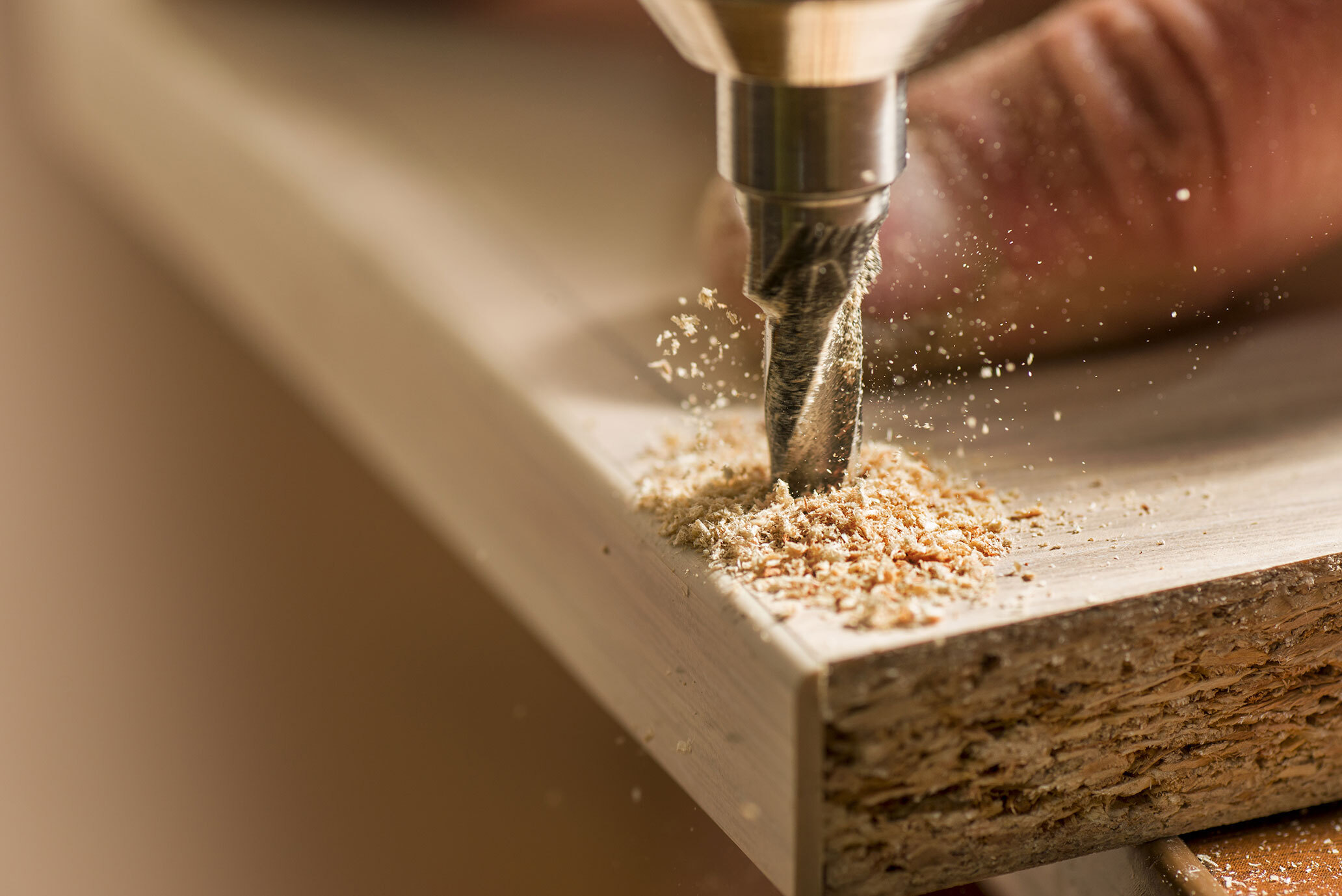Controlling VOC emissions in wood furniture production
Controlling VOC emissions presents a significant challenge for the wooden furniture industry. In this case, a factory making kitchen furniture was producing VOC emissions ranging from 250 to 1 500 mgC/m3, yet needed to abide by a legal limit of just 75 mgC/m3. DESOTEC provides mobile filters for several wooden furniture companies. Solutions are modular and flexible, meaning they can be adapted to the changing needs of each particular factory, the chemicals it uses, and the policy landscape in which it operates. At the kitchen furniture site in question, an Aircon V-XL filter was chosen as the optimal system and is now operating effectively, maintaining VOC emissions under the limit.




